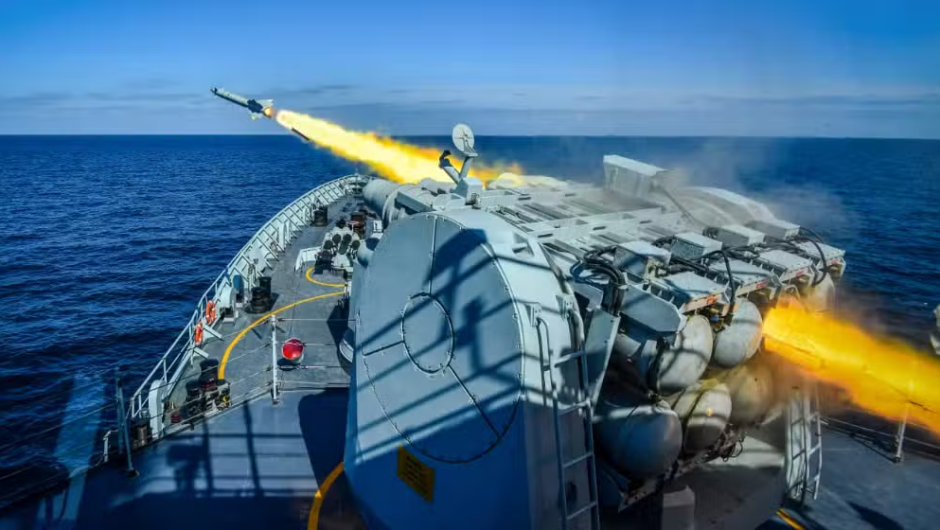PAF of nuclear-armed neighbors Pakistan and India have engaged in multiple aerial confrontations since their inception in 1947. However, none have matched the scale and intensity of the dogfights that occurred during the 2019 Pulwama-Balakot episode, described by military analysts as the largest aerial engagement between two modern air forces in recent history. In what PAF officials claim as a landmark moment in aerial warfare, the Pakistan Air Force (PAF) is said to have downed five Indian aircraft during this confrontation, demonstrating advanced operational planning, technological capability, and air superiority.
The Context: Rising Tensions
The conflict erupted following a suicide bombing in Pulwama, Jammu and Kashmir, on February 14, 2019, that killed over 40 Indian paramilitary personnel. India swiftly blamed Pakistan-based militant group Jaish-e-Mohammed (JeM) for the attack and launched an airstrike on what it claimed was a JeM training facility in Balakot, Pakistan, on February 26.
This marked the first Indian airstrike on Pakistani soil since the 1971 war, prompting an immediate and calculated response from Pakistan.
Operation Swift Retort: Pakistan’s Response
On February 27, 2019, in a counter-operation termed “Swift Retort,” the PAF launched a retaliatory strike, targeting six Indian military installations across the Line of Control (LoC) in Indian-administered Kashmir. The intent was to demonstrate Pakistan’s capability and resolve while avoiding civilian casualties. The operation was supported by a large number of PAF fighter jets, including JF-17 Thunders, F-16s, and Mirage III/Vs.
What followed was one of the largest dogfights between modern air forces in decades. According to Pakistani sources, in the ensuing aerial combat, PAF aircraft shot down five Indian Air Force (IAF) planes: two Su-30MKIs, two MiG-21 Bisons, and one Mi-17 helicopter, which India later admitted was shot down by its own defenses due to “friendly fire.”
India, however, officially acknowledged the loss of only one MiG-21 Bison and the helicopter, while denying the other reported shootdowns. The captured pilot of the MiG-21, Wing Commander Abhinandan Varthaman, became a symbol of the conflict. After being shot down and captured on Pakistani soil, he was returned to India within days as a goodwill gesture, drawing international praise for Pakistan’s diplomatic move.
Strategic and Tactical Implications
If Pakistan’s claims of downing five Indian aircraft are accurate, the operation would represent a remarkable display of tactical coordination, air surveillance, and missile engagement strategy. It also highlights the effectiveness of indigenous platforms like the JF-17 Thunder, co-developed with China, which reportedly played a critical role in the operation.
Defense analysts point to several key lessons from the engagement: the importance of electronic warfare, real-time intelligence, and the need for precise rules of engagement in nuclear environments. For India, the loss was a wake-up call regarding operational readiness and air defense integration, leading to accelerated procurement of advanced aircraft like the Rafale from France.
A Rare Modern Aerial Battle
What sets this encounter apart in military history is its scale, technological sophistication, and the fact that it occurred between two nuclear-armed states. Unlike most modern air skirmishes which are either one-sided or fought against non-peer adversaries, this confrontation involved near-peer competitors with comparable aircraft, radars, and missile systems. It was, by many measures, the largest and most complex aerial dogfight in the 21st century.
Conclusion
The 2019 aerial engagement between India and Pakistan remains a defining moment in South Asian military history. Pakistan’s claim of downing five Indian aircraft, if validated, marks a significant achievement for the PAF, demonstrating its capability to defend national airspace under extreme pressure. While both nations have since de-escalated overt hostilities, the encounter remains a potent reminder of how quickly regional tensions can spiral into open conflict, underscoring the urgent need for dialogue, restraint, and robust conflict-avoidance mechanisms.





